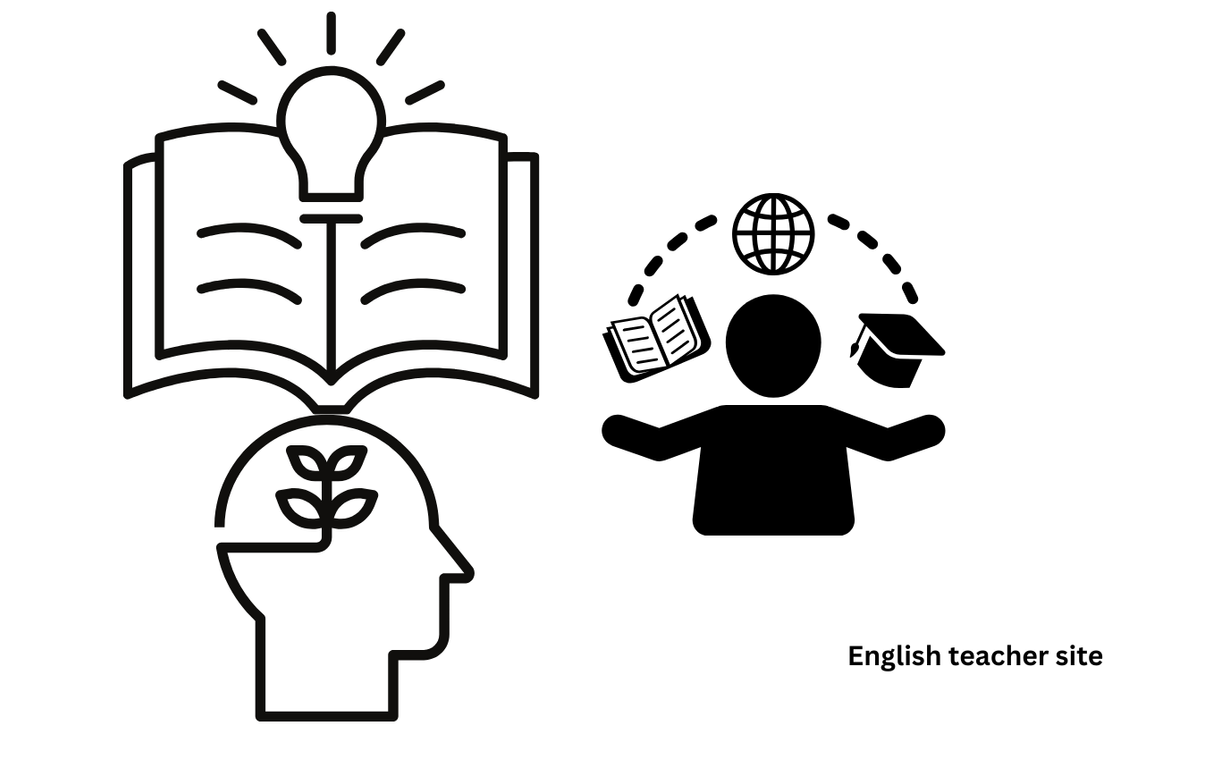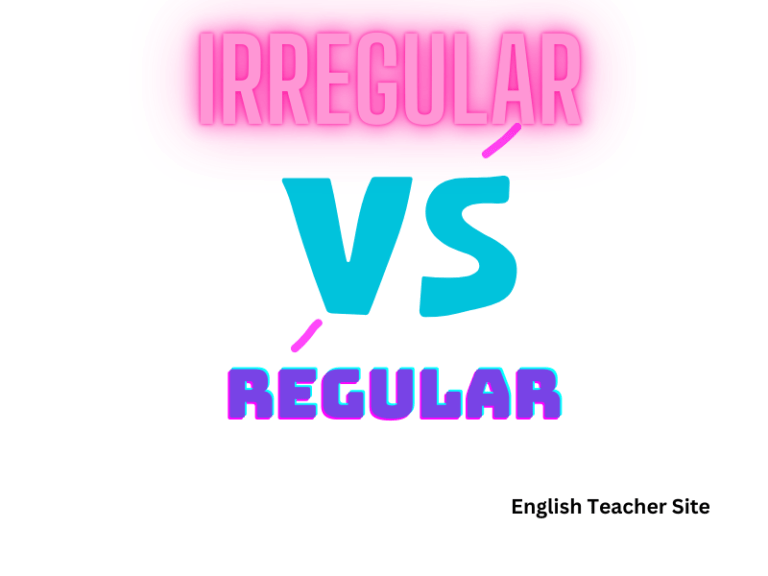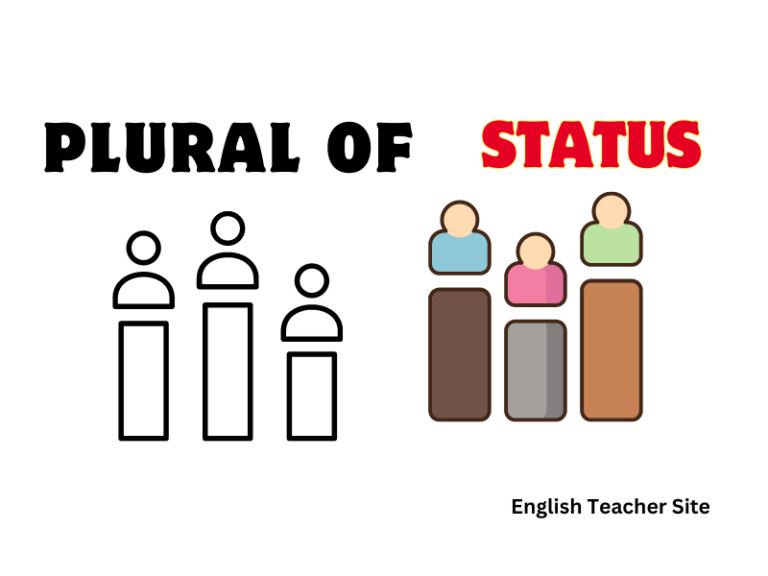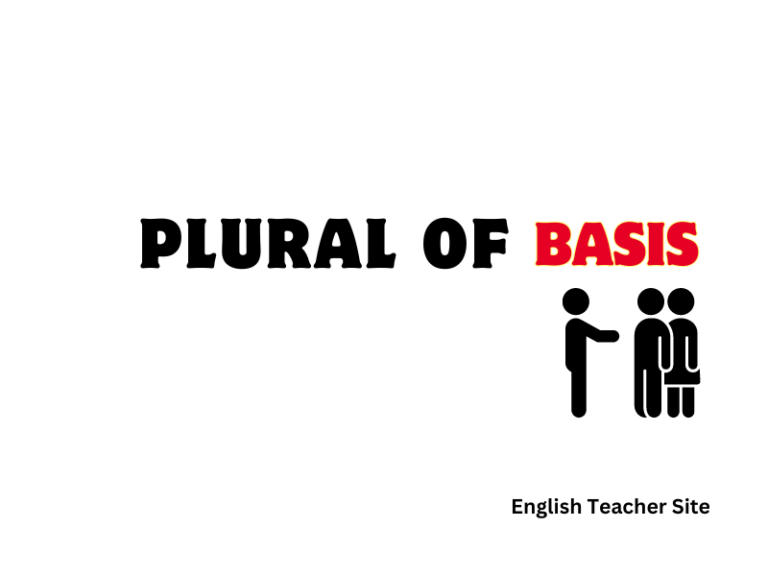Leaned or Leant: Unveiling the Correct Past Tense of Lean

- Both “leaned” and “leant” are correct past tense forms of “lean,” with usage varying between American and British English.
- The verb “lean” can describe a physical action or a metaphorical dependency.
- Etymology and regional language evolution have contributed to the dual past tense forms of “lean.”
Understanding the etymology and grammatical context can help clarify why two different past tense forms exist for the same verb. The variation arises not from a difference in meaning but from historical spellings and pronunciations that have been preserved differently in various English-speaking regions. As language evolves, so do the forms of words, and “lean” is an example of how verbs can maintain multiple accepted past tense forms.
Leaned or Leant: What’s the Past Tense of Lean?
“Lean,” which means to incline or rest against something for support, accepts two past tense variations: “leaned” and “leant.”
Usage by Region:
- “Leaned” is more commonly used in American English.
- “Leant” is favored in British English.
However, both forms are widely understood and considered correct in their respective variations of English.
Linguistic Evolution:
- Leaned: Regarded as the more modern form.
- Leant: Perceived as the more traditional form.
| Form | Usage |
|---|---|
| Leaned | American English |
| Leant | British English |
When choosing which form to use, consider the audience and the style guide, if applicable. For instance, if writing for an American audience, “leaned” would be the preferred choice.
Examples in Sentences:
- She leaned against the doorway, watching the rain.
- He leant his bike against the wall before entering.
In summary, whether one uses “leaned” or “leant” largely depends on regional preferences without affecting the comprehensibility of the text.
Forms of ‘lean’
In English grammar, the verb “to lean” refers to the action of inclining from a vertical position or relying on something for support. It can also denote a metaphorical dependency, as in leaning on someone for emotional support. The inflection of “lean” in past forms is a subject of variability, accommodating two spellings: “leaned” and “leant”.
Present Tense
- Singular: He/She/It leans
- Plural: They lean
Present Participle
- Leaning
Past Tense
- Leaned or Leant
Past Participle
- Leaned or Leant
The differentiation between “leaned” and “leant” primarily resides in regional usage. “Leaned” prevails in American English, while both forms appear in British English, with “leant” often perceived as more traditional or formal.
| Form | Use in a Sentence |
|---|---|
| Leaned | She leaned against the door. |
| Leant | He leant forward to share a secret. |
The usage of “leaned” and “leant” displays flexibility within English dialects. Both forms correctly convey the past action of leaning, but their utilization might carry connotations of geographical and linguistic identity.
| Conjugation | Example Usage |
|---|---|
| Present | I lean on the fence. |
| Past | They leaned out the window. |
| Participle | The wall has leant slightly over time. |
In practice, the choice between “leaned” and “leant” is often guided by consistency within the discourse and allegiance to language norms, whether they pertain to American or British English conventions.
The Past Tense of ‘Lean’
In discussing the past tense of the verb “to lean,” it’s critical to address both regular and irregular verb forms. The variations in spelling are notable and depend largely on dialectical differences.
Regular vs Irregular Verbs
Regular verbs append the suffix -ed to form their past tense and past participle. Contrastingly, irregular verbs may adopt a variety of changes, including the -t ending, to signal past tense.
- Regular Past Tense: leaned
- Irregular Past Tense: leant
Conjugation and Usage
The conjugation of “to lean” can result in either “leaned” or “leant” as the past tense and past participle. There is a geographical distinction in the use of these forms:
- “Leaned” is common in American English.
- “Leant” is more frequent in British English.
Examples of the word ‘leaned’ in sentences
- She leaned against the wall, waiting for the event to begin.
- They had leaned the ladder against the house for the paint job.
Usage Table for ‘Leaned’:
| Subject | Sentence Example |
|---|---|
| I | I leaned on the rail. |
| He/She | He leaned over the map. |
| We/They | They leaned into the wind. |
Examples of the word ‘leant’ in sentences
- He leant against the tree, looking exhausted.
- She had leant her bicycle against the gate.
Usage Table for ‘Leant’:
| Subject | Sentence Example |
|---|---|
| I | I leant my ear to hear their whisper. |
| He/She | She leant her support to the campaign. |
| We/They | We leant back in our chairs leisurely. |
In conclusion, “leaned” and “leant” represent two valid past tense and past participle forms of “lean,” largely differentiated by regional use; both are correct, depending on the context in which they are used.
Grammatical Context and Variants
Exploring the past tense of “to lean” reveals nuances in English verb conjugation, particularly between “leaned” and “leant.” This distinction hinges upon both grammatical context and regional variations, offering different but correct forms of the past tense for this verb.
Transitive and Intransitive Forms
“To lean” functions as both a transitive and an intransitive verb. When used transitively, it indicates an action with a direct object, such as in the sentence, “She leaned the ladder against the wall.” As an intransitive verb, “to lean” does not require an object, for instance, “He leaned to the left.”
- Transitive: Subject + Verb + Object
- Example: “They leaned the mirror against the table.”
- Intransitive: Subject + Verb
- Example: “Leaning against the door, they waited.”
Usage in Tenses and Pronouns
The past tense of “to lean,” which can be “leaned” or “leant,” integrates into various tenses and with different personal pronouns. These forms have different connotations and usages, often influenced by regional preferences.
Present Tense:
- Example: “I lean,” “You lean,” “He/She/It leans,” “We/You/They lean”
Past Tense (using “leaned” and “leant”):
- “I/You/He/She/It/We/You/They leaned” – more commonly used in American English.
- “I/You/He/She/It/We/You/They leant” – preferred in British English.
Present Participle:
- Example: “is/am/are leaning” (used in the present continuous tense)
- Leaning is consistent across English variants.
Present Perfect and Past Perfect:
- Example: “have/has leaned” or “had leaned/leant” – “Leant” frequently appears in British English.
- Leaning remains the same as the present participle.
Future Tense:
- Example: “will lean” – The base form “lean” is used, indicating future action.
| Personal Pronouns | Present | Simple Past (US) | Simple Past (UK) | Present Perfect |
|---|---|---|---|---|
| I | lean | leaned | leant | have learned/learnt |
| You | lean | leaned | leant | have learned/learnt |
| He/She/It | leans | leaned | leant | has learned/learnt |
| We/They | lean | leaned | leant | have learned/learnt |
Source
My name is Khamis Maiouf. I am the creator of the English Teacher Site, dedicated to providing valuable resources and insights for students around the world. With a passion for education and a commitment to helping students enhance their skills, I aim to make English teaching more effective and enjoyable for both educators and students.






